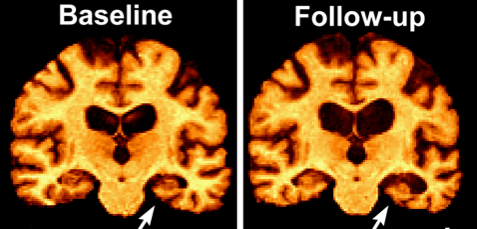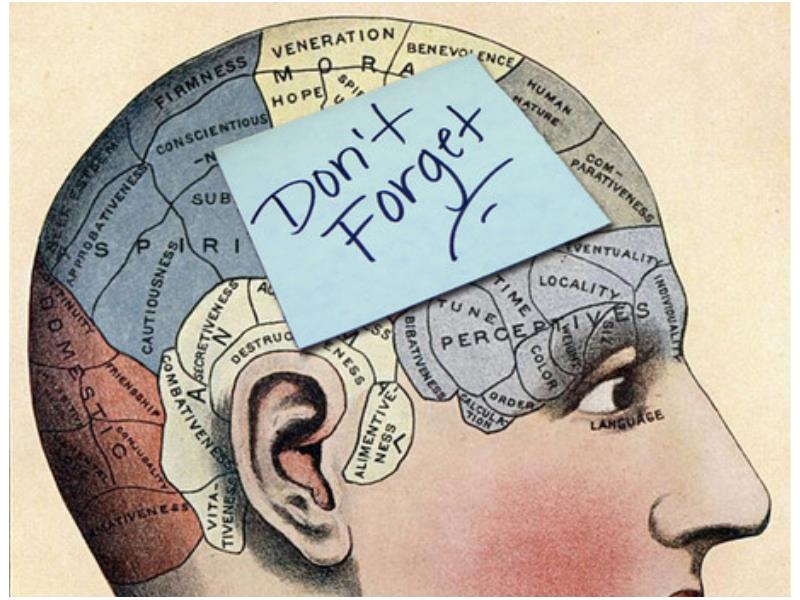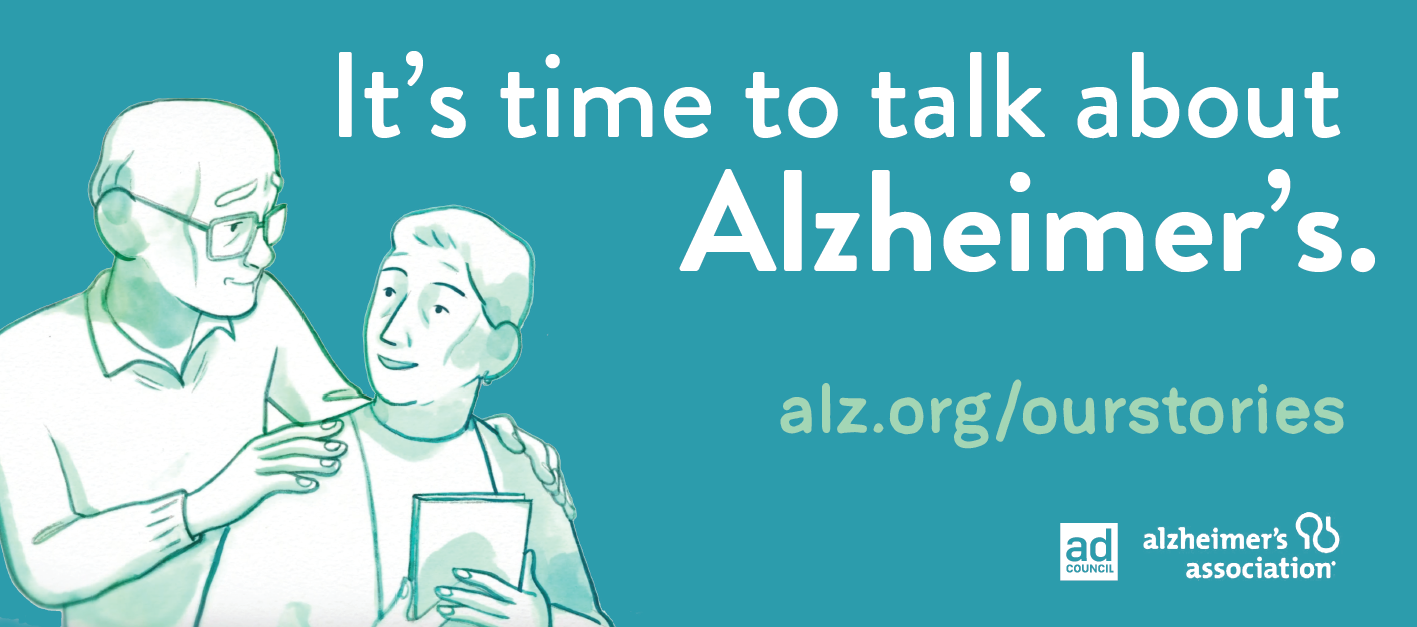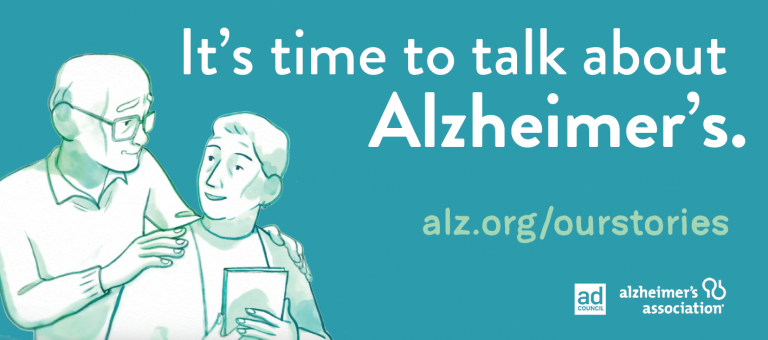
Aging can be hard to embrace, but it can also be a time to try new things and explore interests that time may not have allowed in the past. Working with an art therapist to process past and current life events and the challenges of aging offers a space to improve overall quality of life. Art therapy helps exercise the brain, increasing one’s quality of life through sensory stimulation and self-expression.
What exactly is art therapy?
Art Therapy, facilitated by a professional art therapist, effectively supports personal and relational treatment goals as well as community concerns. Art Therapy is used to improve cognitive and sensory-motor functions, foster self-esteem and self-awareness, cultivate emotional resilience, promote insight, enhance social skills, reduce and resolve conflicts and distress, and advance societal and ecological change. (1)
Art therapy with individuals with various forms of dementia may be underutilized because the idea of making “art” can be very intimidating. For some, cognitive deficits may hinder their ability to process or discuss their experiences. When making art, we are used to focusing on the aesthetic outcome of the art piece and it can be difficult to consider oneself an “artist.” Many older adults have little to no experience using art materials and may not know how they might visually express themselves. If this pressure to create a beautiful piece of fine art is taken away and the focus shifts to the process rather than the product, the activity becomes more enjoyable. It can also be beneficial to do art therapy in group settings to encourage social interaction between the group members.
Clinical art therapy with older adults experiencing Alzheimer’s disease (AD) and other dementias is primarily focused on three areas; working with the person’s immediate problem, navigating issues related to aging, and providing the client with a sense of self worth. Focusing on past and current strengths is helpful, as well as, engaging in artwork that helps increase social interaction and maintenance of cognitive skills. In this setting the art therapist takes on a supportive role, as opposed to a more insight-oriented role due to the cognitive decline those in various stages of AD may be experiencing.
Throughout the disease, cognitive decline gradually increases and hinders communication abilities in those with AD, leaving them with fewer ways to express themselves. In later stages of the disease passive behaviors such as apathy, lack of environmental interaction, and decrease in gross motor movement become more present. Art therapy can help these individuals develop an alternative way of expressing themselves and continue to battle their disease with grace and encourage a higher quality of life.
Aspects of cognitive decline are visible in the client’s artwork and can provide insight on which areas of the brain may be more affected by AD. Some researchers maintain that the progression of decline can be tracked by the client’s artwork as well. Studies have found that there are graphic indicators of AD that can be found within the artwork, such as fragmentation, disorganization, simplification, regression, perseveration, distortions, overlapping configurations, confused perspective, perceptual rotation, small or cramped appearance, use of short scattered lines, omitted essential details from a drawing, and difficulty following directions. By tracking these indicators across sessions, clinicians may be better informed when planning treatment strategies to slow disease progression.
It is important to remember that each individual experiencing AD or other forms of dementia have a different experience and have strengths unique to that individual. Art therapy interventions can help to provide alternate ways for the elderly to communicate and express themselves. More research into the integration of art therapy and neuroscience is needed to fully understand the benefits and limitations of this method of treatment. Some long-term and assisted living care facilities have already begun offering art therapy resources to their residents, but many others are limited in the programs they can offer this demographic. Perhaps art therapy methods can one day be seen as a cost effective addition to treatment and work along side of the prescribed medications that help to slow cognitive decline and the progression of AD and other dementias.
















